5 Things You Need to Know About Buying a Motorcycle

From safety to condition, service history and more, assessing a bike to buy requires some good knowledge and critical thinking. Here’s a start
Does the adage, “Look before you leap” sound familiar? It should, for anyone who loves jumping across gaps or over cliff sides. But philosophically, it’s also smart when you’re buying a motorcycle, new or used. Not only because examining the product may save you from expensive repairs later, but because closely studying your purchase motivations will help you buy the bike you need. Trust Motorcycle.com on this – getting the right machine for your skill level, and for what you want to do in the sport, is crucial. Read on for some useful tips on what to buy, and how to do it.
Motorcycle.com thanks Yamaha for sponsoring this new rider series.
I – Assess for Safety
In reality, the five things you should know about buying a motorcycle are: 1) Safety; 2) Safety; 3) Safety; 4) Safety; and 5) Safety! Yes, plenty more matters but let’s cover this important topic first, since a long and enjoyable riding career has safety as its most crucial underpinning. This includes your licensing, training, riding habits, and practices – and naturally, the bike itself. For the moment, let’s focus on the machine. If you buy new, it’s a reasonable assumption that the motorcycle is in safe condition: The tires will be new and inflated correctly; the chain will be properly adjusted; and the brakes will be in good order. So far, so good.
But what happens if you buy a used bike? If you buy from a dealer, ask them for records that show the bike is up to date on its service needs, and a completed safety checklist. If they refuse, shop elsewhere, because you need and deserve to know that whatever machine you buy is safe. This is harder when you buy from a private party. Here, you have a few options: Ask to see the service records; tell the seller you want the bike assessed by a dealership; or at the least, bring along a qualified bike friend to inspect the bike.
II – Overall Condition
Let’s assume for this section that a new bike is in perfect shape, serviced and ready to ride. (Plus, it’ll have a warranty.) Duh, so obvious! This being the case, let’s switch to buying used. While many riders want to find a low-mileage used bike (we sure would!), know that miles on the odometer should not necessarily be an impediment to buying a bike that you like – if the bike’s service needs have been met. But abuse or neglect is of concern because every service or maintenance need that the previous owner has ignored, you’ll sooner or later have to correct. And that takes time and money.
To safeguard yourself, before you buy, survey the bike from front to back, and from top to bottom. Look at the cosmetics including paint, plastic, and chrome, examine the tires, look for crash damage, and check the chain and rear sprocket for wear. (Tip: Pull the chain away from the rear edge of the sprocket. On a good chain, the links won’t move much, but they will on a worn chain. Also, severely worn sprocket teeth are asymmetrically shaped – like a dolphin’s dorsal fin – instead of symmetrical. Hope that makes sense!) You can also examine the color of the engine oil and brake fluid (lighter is newer, darker is older).
More advanced analytical steps include checking the steering and swingarm bearings for binding or slop, for how the brakes function, and for smooth, light operation of cables and controls. With the engine running, test the electrical systems including lights (both headlight beams), turn signals, brake light, idiot lights and horn. There’s more, but this is a good start.
III – Service Status
Some owners stay on top of their bike’s condition like a rottweiler on a pork chop. Others – not so much. The aforementioned tire wear, a dry, rusty, or loose chain, perhaps a torn seat or scratched paint, and a generally dirty or unkempt presentation speak volumes about the bike’s care. To ward off evil spirits here ask for the service records. If you’re lucky, they will be all there in a chronological file. A mumbling, evasive answer from the seller or just a few scattered papers will forewarn you of potential pitfalls. Deal with a straight-up seller; you’ll be glad you did.
IV – Match Your Skills
So, you want to move up from an eBike to something with a bit more punch. Well, do not pass Go and collect $44,995 to buy a Ducati Panigale V4 R. Wrong, wrong, wrong! Motorcycling is like flying, in that you don’t jump from a Cessna 152 to an F-35 in a single bound. Choose your first bike commensurate with your cumulative riding skill and experience. If that’s zero, fine. Get a lightweight learner bike that keeps you in town, keeps your speeds down, and lets you go practice in every open parking lot, neighborhood, and cul-de-sac.
Fortunately, over a decade ago the motorcycle industry reawakened to the idea that it needed new riders to replace Boomers aging out. The result is a sweet array of affordable 125cc to 250cc learner bikes. Just a few street examples include the Honda Trail 125 ($3,999) and XR150L ($2,971), Kawasaki’s KLX230 ($4,999) and Z125 Pro ($3,399), and the Yamaha TW200 ($4,899) and V Star 250 ($4,699).
V – Fulfill Your Purpose
We’ve just discussed a half-dozen new street-legal motorcycles from about $3k to $5k (and that’s just a fraction of the choices). But have you considered making your first motorcycle a dirt bike? There’s lots of merit here, because in the dirt, you don’t have to worry about automobile and truck traffic, traffic signals and signs, pavement, curbs, and utility poles – none of that. You can spend hours – days and months even – just enjoying the outdoors and most importantly, learning and perfecting skills on natural terrain.
We’re convinced that dirt is the best teacher for motorcyclists. It’s a pragmatic one, too, because if you fall over, there’s no one else to blame: It’s your duty to pick up the bike, dust yourself off, and consider what led to the fall. Did the front tire hit a sand patch or rock, did the rear wheel sideslip into a rut, or did you just lose your balance in weird conditions? It’s all good because you’re learning.
With the right bike, the right gear, and an easy, patient riding pace, in the dirt, the knowledge gained is beyond terrific. And good news, virtually any vehicle with a trailer hitch receiver can accept a motorcycle rack, so you can haul your bike to a riding area with ease. See you there!
Become a Motorcycle.com insider. Get the latest motorcycle news first by subscribing to our newsletter here.

John L. Stein brings 30 years of both automotive and motorcycle experience, having written for AutoWeek, Car and Driver, Motor Trend, Sports Car International, Chevy Outdoors, Truck Trend, Cycle World, Motorcyclist, Adventure Travel, and Men’s Journal, just to name a few. His articles have been published in the US, England, Japan, Australia and France. His technical knowledge combined with his ability to understand and effectively communicate what a motorcycle is doing underneath him is an invaluable resource to the Motorcycle.com team.
More by John L. Stein



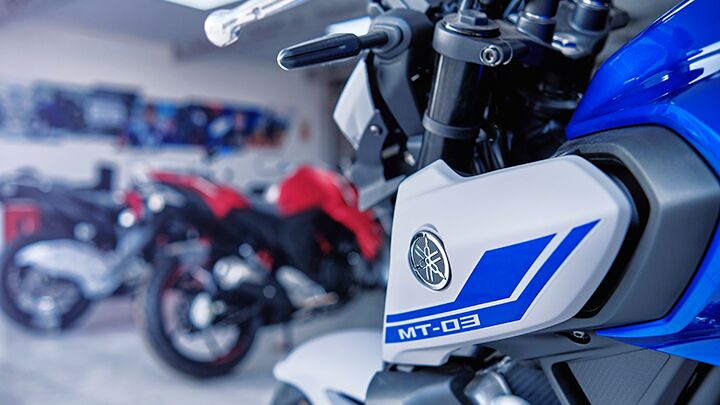





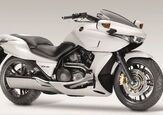
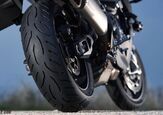
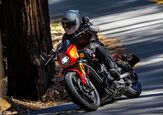
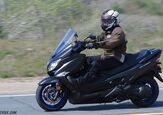

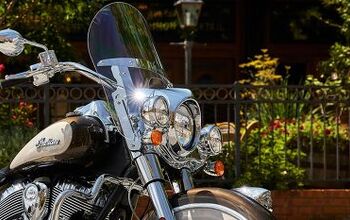
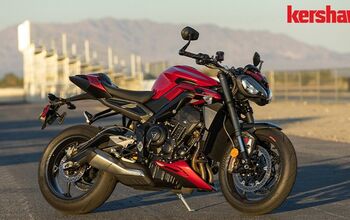
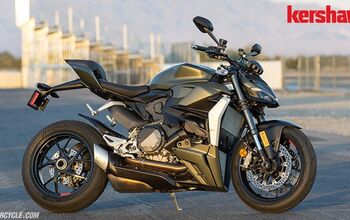
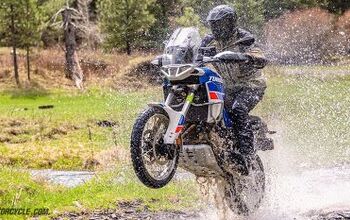
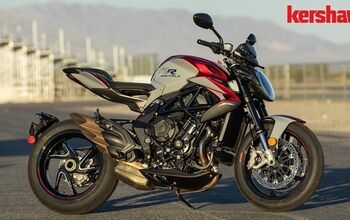
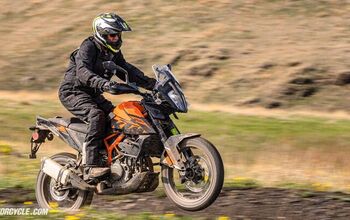
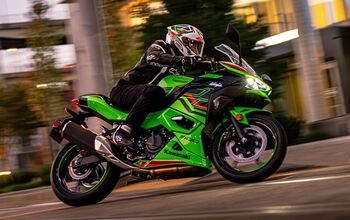
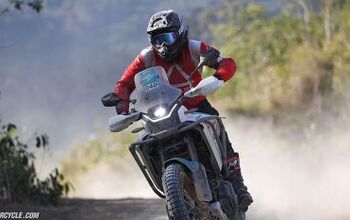
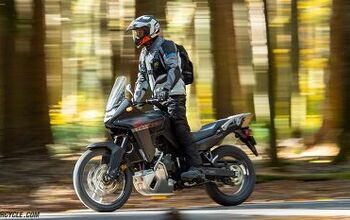
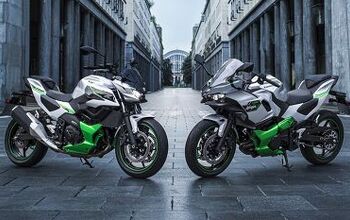

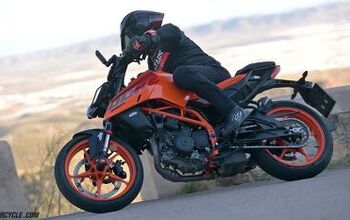

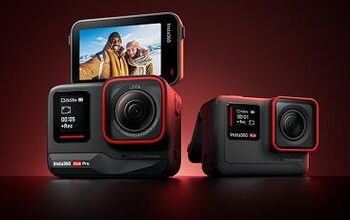
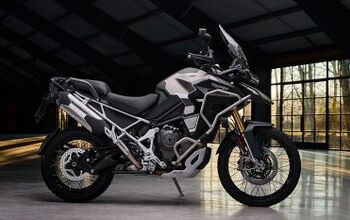

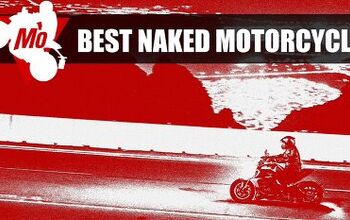
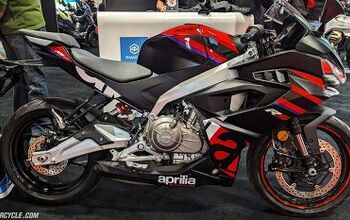
Comments
Join the conversation
If it’s a used bike, evaluate the owner. I have a rule to never buy a used motorcycle, car, or boat from a clueless owner.
I buy new as well but I do it because I know that every service has been performed and every issue addressed and that the bike's been ridden quickly but not foolishly. That doesn't apply to classic bikes but hey consistency is an artificial construct. I pay the new bike premium because the only time a bike leaves my garage is if it's been wrecked or stolen. I keep stuff forever. I've started several riders on small Kawasaki's and I believe they all still own them as a "spare" bike. To be honest I want the new supersport 400 but I just don't have room.